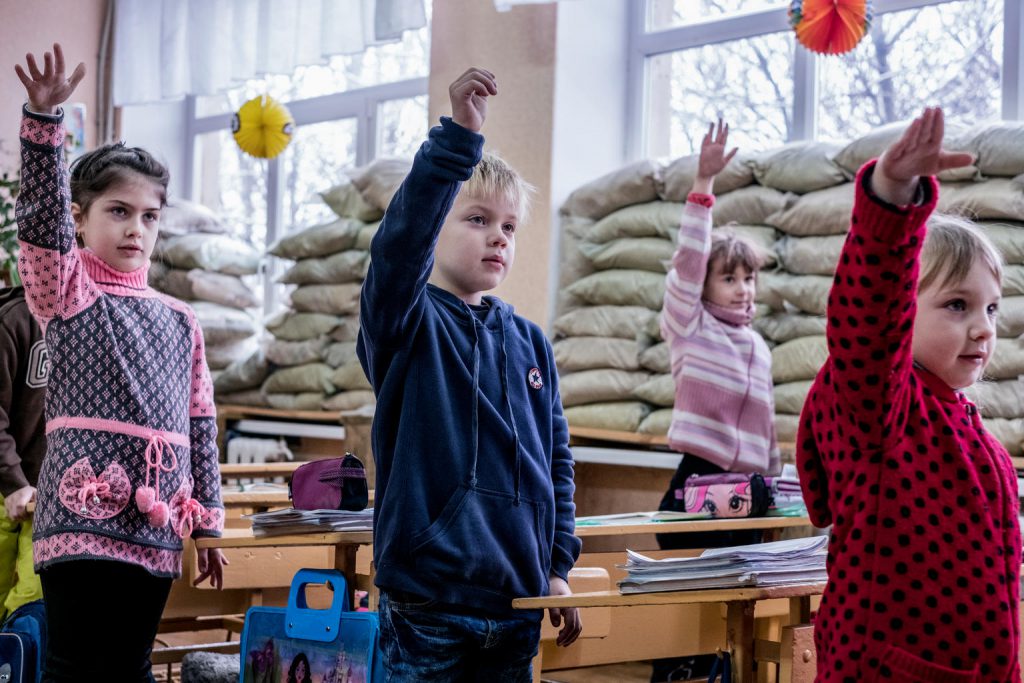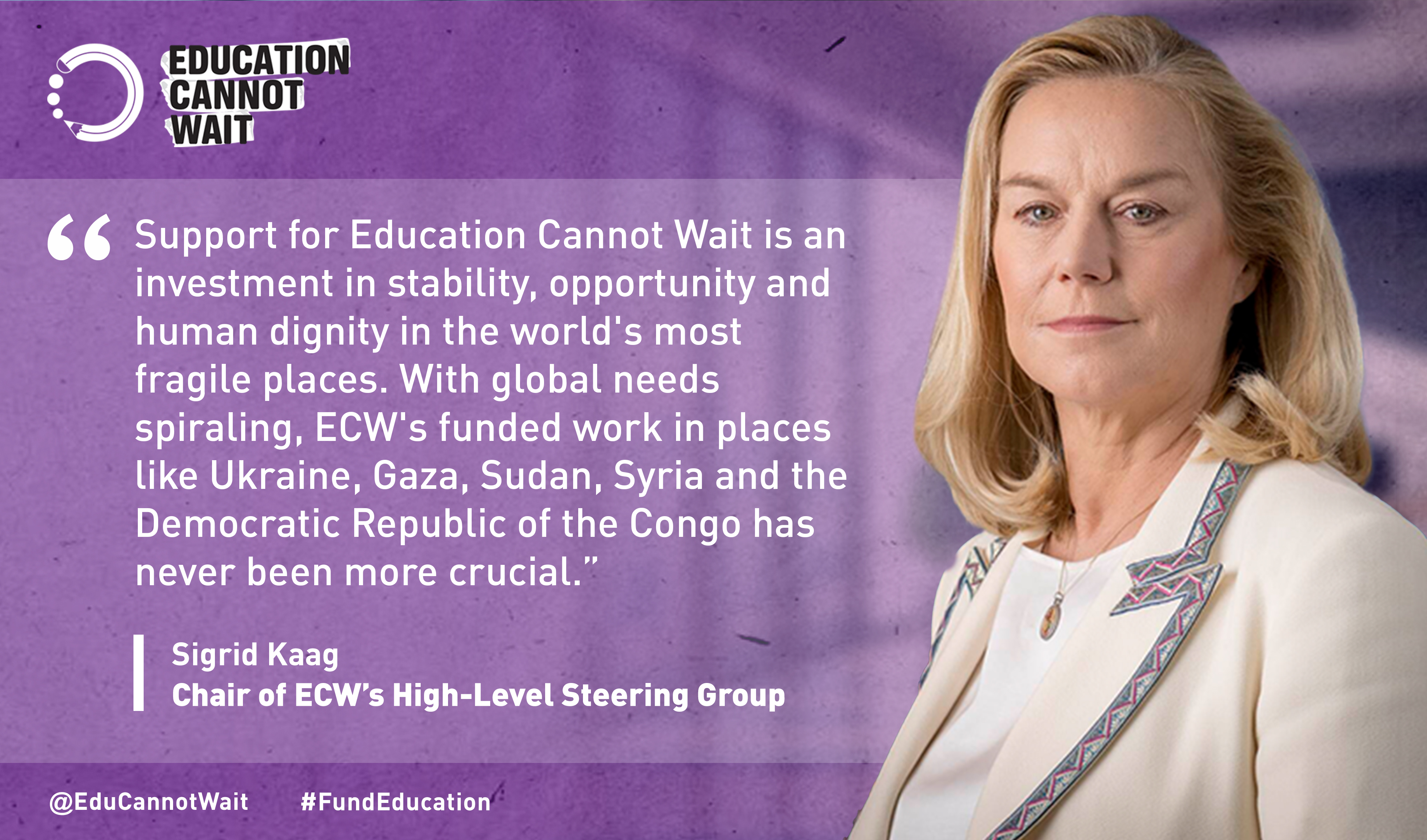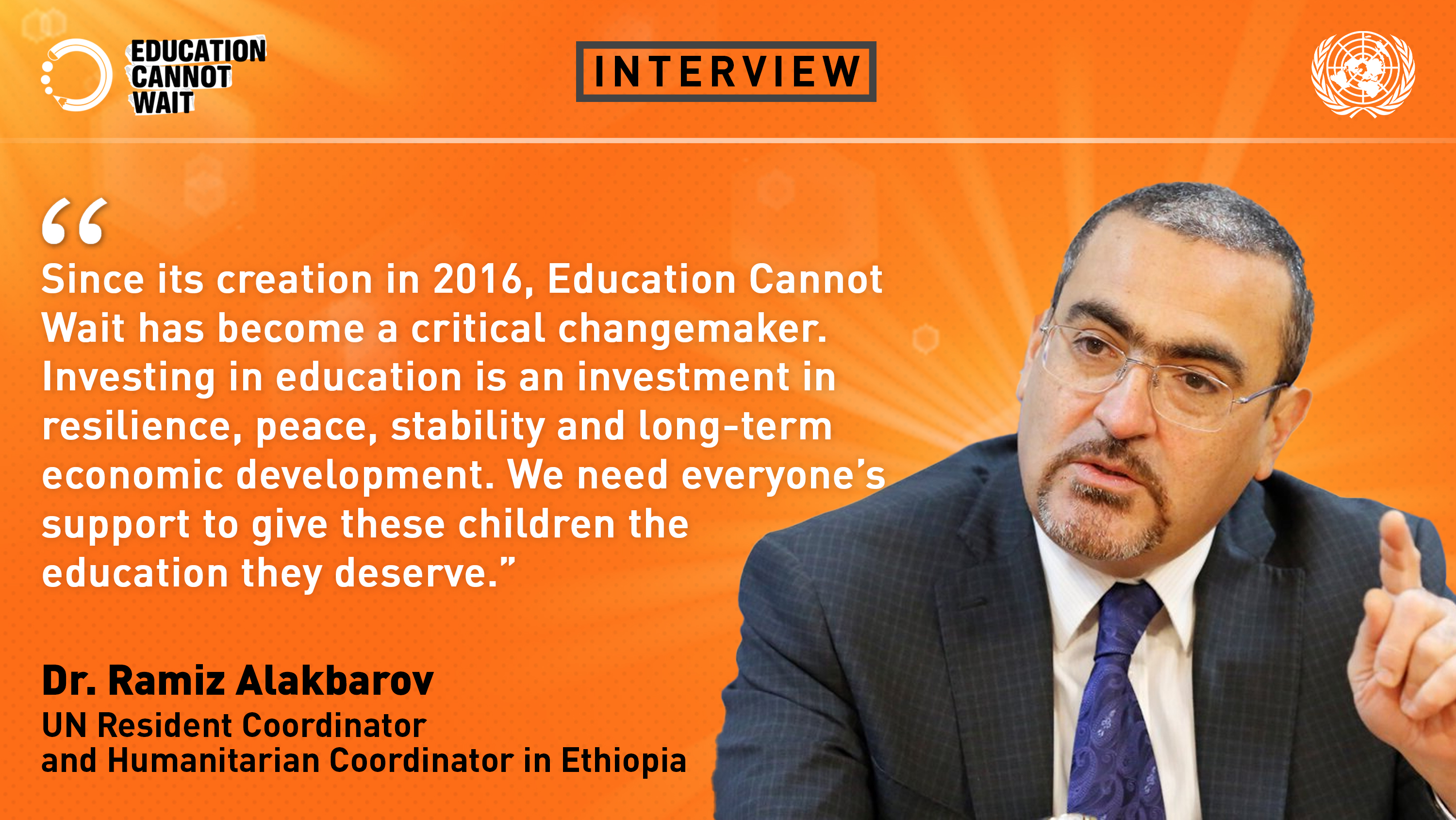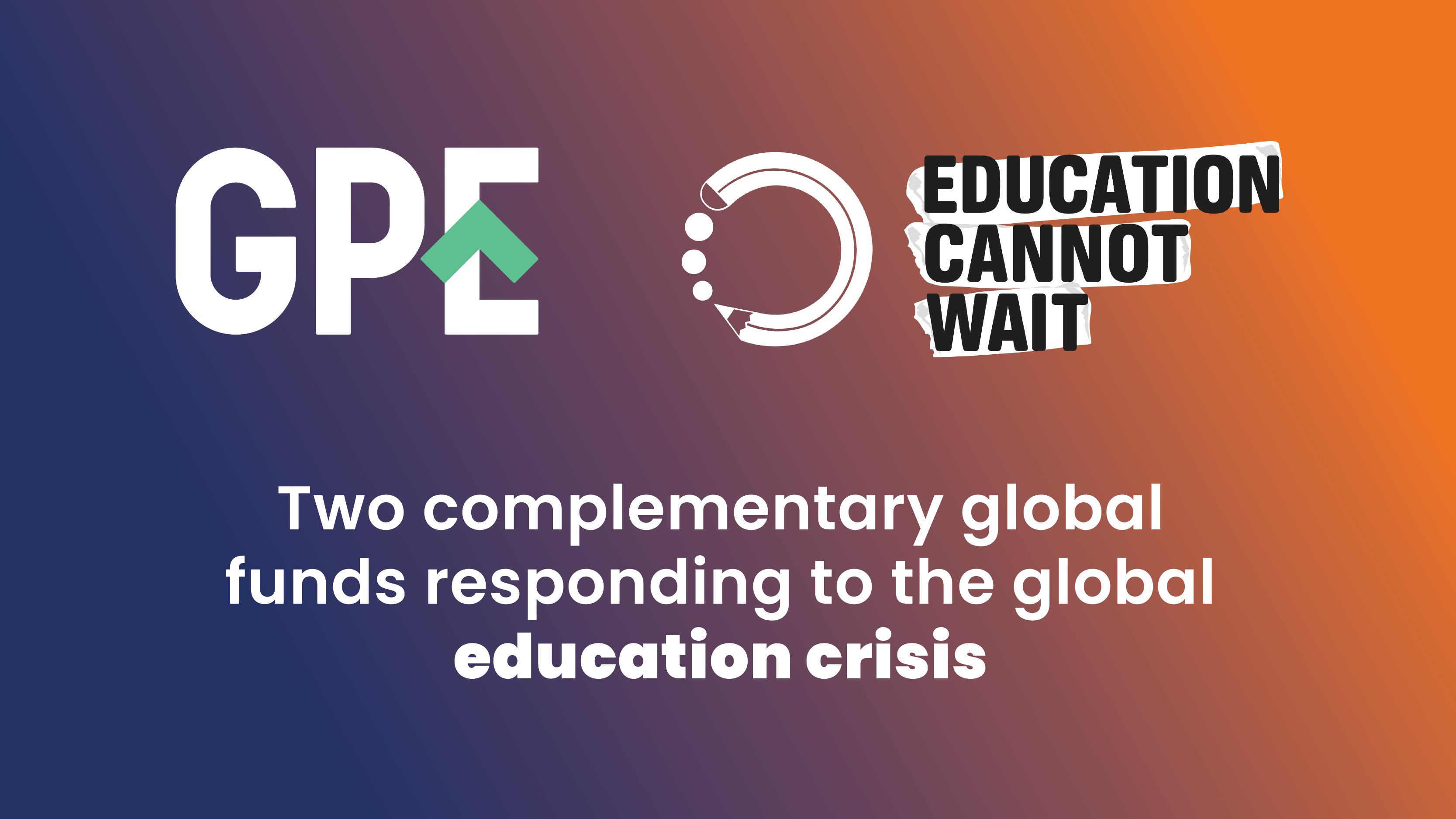On the Contact Line
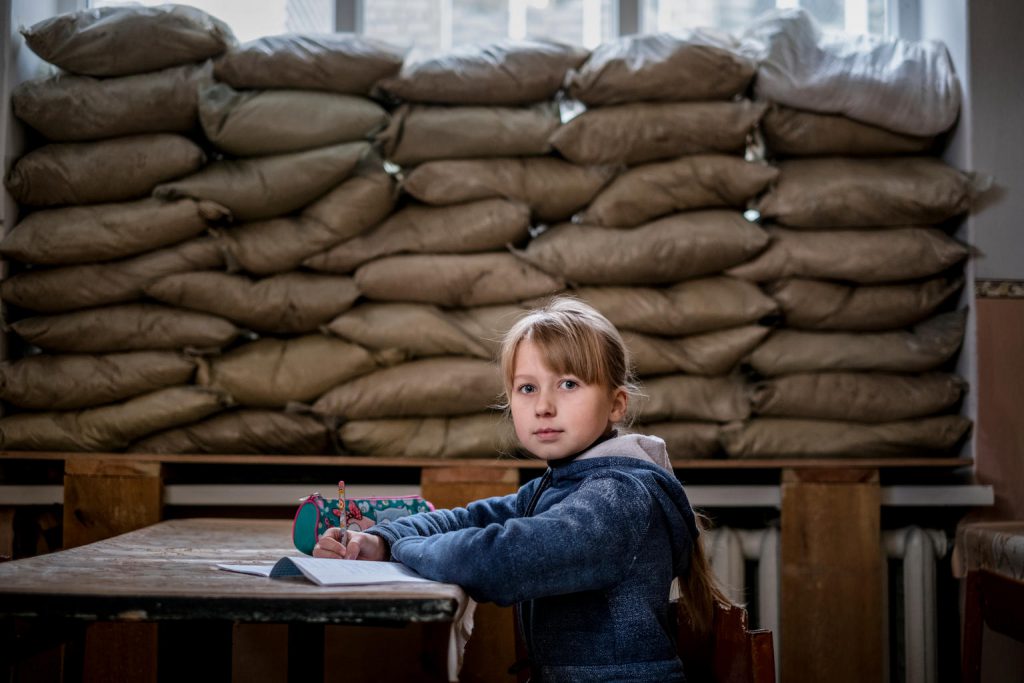
Education Cannot Wait steps up to help children and adolescents in Ukraine deal with the scars of war
The testimonies from children cited in this story were collected by UNICEF and photographer Ashley Gilbertson for the December 2017 story Scars of War, and the May 2018 UNICEF story Schools on the Firing Line.
Imagine going to a school where every day you hear bombs exploding. Imagine riding your bike to class past thousands of rounds of unexploded ordnance, blown out buildings and land mines.
This is just part of everyday life for the girls and boys living on the Contact Line in the Ukraine. For the past five years, the Contact Line has been ground zero in a war that separates Government Controlled Areas and Non-Government Controlled Areas, and affects over 700,000 school children, adolescents and teachers in over 3,500 educational facilities.
For children like 14-year-old Aleksey, this conflict is taking a severe toll. Aleksey saw something shiny fall off a military vehicle. Thinking it was a pen, he picked it up. The ordnance blew two of his fingers and his thumb right off.
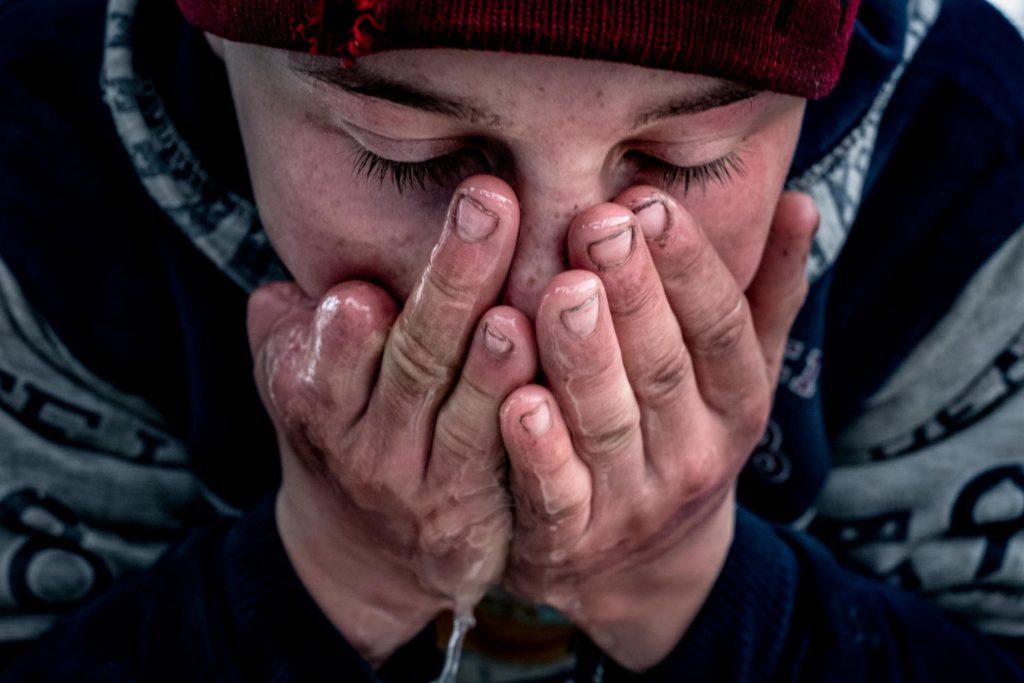
“My whole life has changed. I can’t do everything I could do before without my fingers, but I’m getting used to it. I’m learning how to write with my left hand, it’s not very good yet, but I’m trying. Sometimes I’m getting upset up until the moment when I break into tears,” says Aleksey.
“The situation here is very different from many of the other protracted crises which Education Cannot Wait is supporting,” said Graham Lang, Senior Advisor for Education Cannot Wait, a new global fund hosted by UNICEF that seeks to mobilize US$1.8 billion for 8.9 million children like Aleksey by 2021.
“As I visited schools on a recent visit along the Contact Line, I was struck by the blunt impact war is having on the children living here. With constant shelling, and a culture of fear, violence and inhumanity, the psychosocial health and well being of the students, teachers and families living along the Contact Line is dire,” Lang said.
Since January 2017, 58 education facilities have been damaged and 65 schools have been closed in this area. Some children have lost their lives.
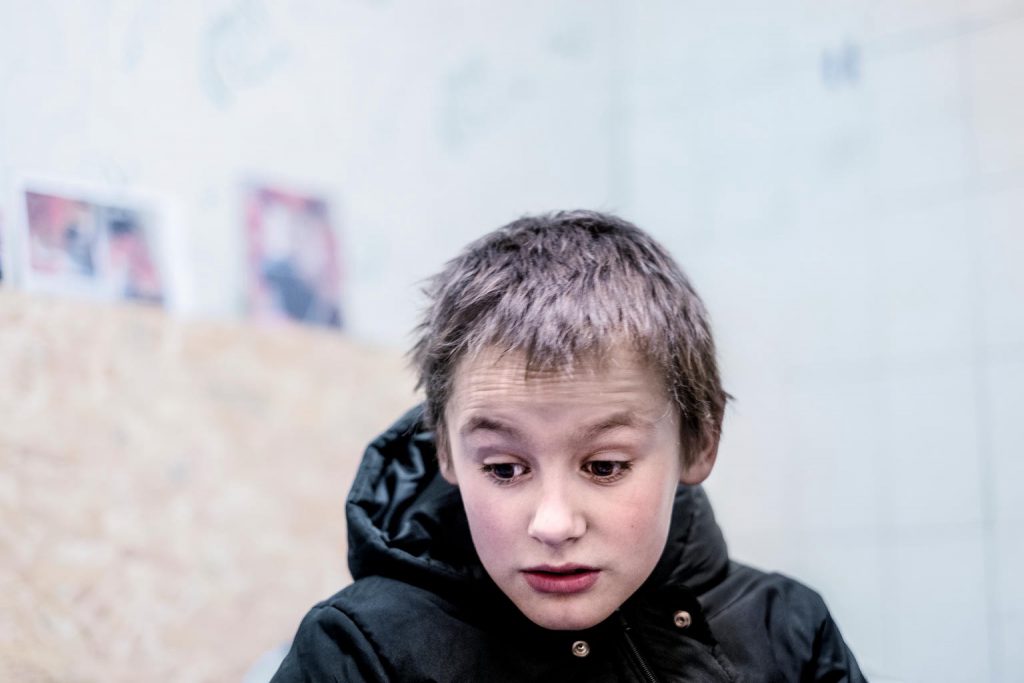
Others like Misha, 9, who was hit by shell fragments and had to have shrapnel removed from his brain in 2016, will have to live with the scars of war – forever.
After years of fighting, the boy has become used to the violence: “It’s not that scary here. I’m already used to shootings. They do it at night. When the shelling starts, I hide under my blanket, but I don’t think it will protect me.”
“Let me make it clear, it’s not normal for children and adolescents to become used to shooting and the constant sounds of shelling. They need support in dealing with the psychological toll that this situation exerts on them and education is at the forefront of this response,” said Lang.
Despite the constant shelling, Ukraine has a functioning education system. Teachers are well trained, they get paid, there are resources and support.
This said, for the children and adolescents living on the Contact Line, education is at risk. Safety and well-being are at risk. And with the coming harsh winter, things are about to get a lot more complicated.
“This is about childhood being ripped away. It’s about lost youth. And it’s about the potential catastrophic impacts connected with an entire generation growing up with the horrors of war,” said Lang.
A CHANCE TO PLAY
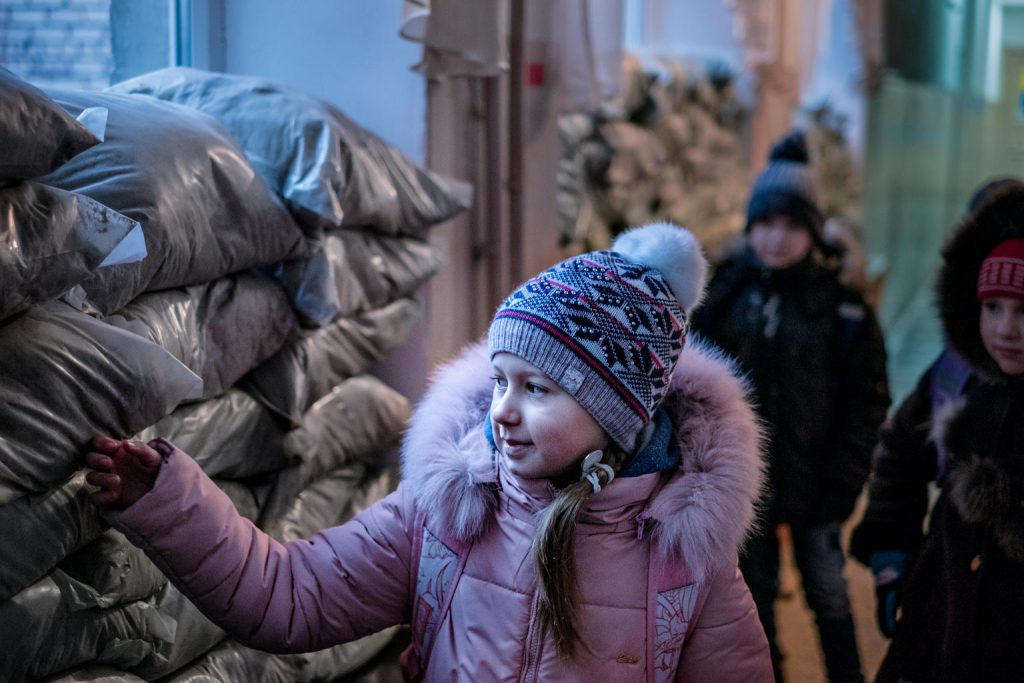
Lera Nagormay is a bright-eyed ten-year-old living on the Contact Line.
“We have to stay inside the school all the time, and are not allowed to play outside during the breaks. The boys play football in the school’s corridors. They can’t break the windows because of the sandbags,” says Lera.
With a US$1.4 million investment from our First Emergency Response window, Education Cannot Wait has already reach over 74,000 children, adolescents and teachers. This support – reached though a mixture of rehabilitation of learning facilities coupled with training of teachers on non-formal and life-skills education, including psychosocial support and promoting schools as zones of peace – was deployed through UNICEF and Save the Children. The funding ran until August 2018 and a new request has been made to support the 2019-2020 Humanitarian Response Plan to the Ukraine crisis.
“Responding to prolonged conflicts like this can’t just happen with one-off responses, however. We are planning to work with a broad group of relevant actors to support Ukraine to develop a multi-year-response programme. As we do this, we will be sharing the approach and tools used from other multi-year resilience programmes and helping to mobilize resources from potential donors,” said Lang.
Despite verbal assurances and commitments from the Government, Ukraine has yet to sign on to the Safe Schools Declaration, which “provides countries the opportunity to express support for protecting education from attack during times of armed conflict; the importance of the continuation of education during war; and the implementation of concrete measures to deter the military use of schools.”
By endorsing the declaration, Ukraine would send a clear signal and take a strong stance to affirm its commitment to protect the lives of children and their right to education.
“Education goes beyond schools. It is also about a sense of normalcy for children, adolescents and their communities, and a reassuring factor for peacebuilding for children themselves despite the trauma they go through every single day,” said Lang.
Videos
Links
- Scars of War
- Schools on the Firing Line
- UNICEF Ukraine Assessment
- Two Sisters Share their Story
- Facebook: Life on the Line
